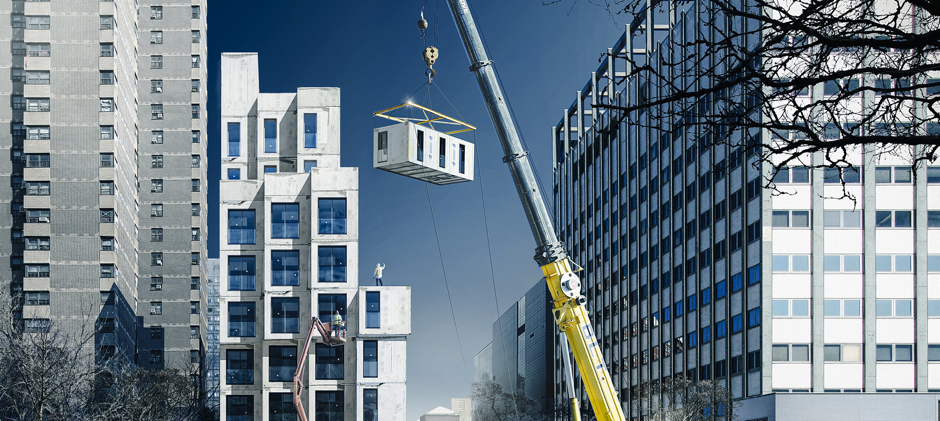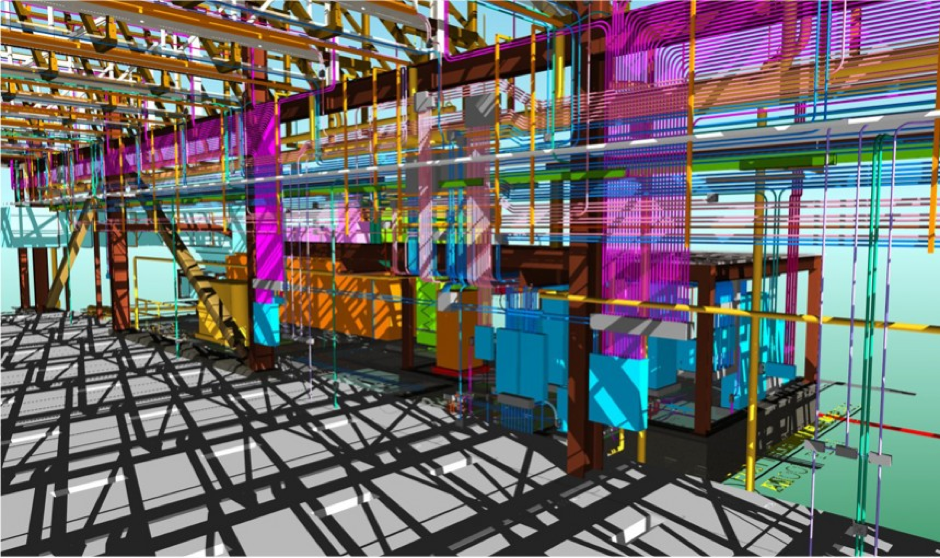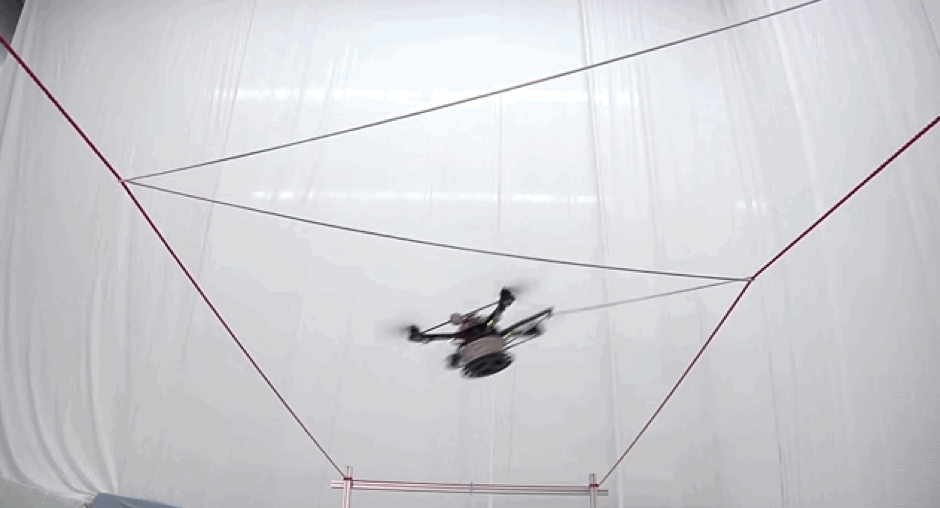Streamline your tender management and receive subcontractor and supplier quotes directly inside Cubit Select. Managing y...
Streamline your tender management and receive subcontractor and supplier quotes directly inside Cubit Select. Managing y...
From off-site modular construction to using drones for projects, building is becoming more sophisticated thanks to new technology that’s shaping the construction industry. Analysts predict that 2016 will be a strong year for the industry, as the Australian Constructors Association projects 4.3% growth in commercial work on offices, retail and industrial premises and 8.1% for apartments and residential properties. With numbers like these, businesses should, therefore, take advantage of the rapid development of emerging construction technologies. Otherwise, you may be left behind.

Constructing buildings off-site with the same materials and standards used to build on-site, commonly known as modular construction or prefabrication, is becoming increasingly popular. What makes this alternative building method so attractive is that it often reduces development time, waste, and costs. In the US and the UK, recently completed a 57-story skyscraper was recently built in 19 working days using this method by Chinese developer Broad Sustainable Building. This type of construction is particularly useful for companies who don’t have the manpower or resources to construct individual projects on-site. Also, contractors can streamline schedules and deliver multiple projects at once by having the contractor pour the foundation while another subcontractor pre-fabricates walls off-site, for example. By having certain aspects of the project that are more technical or challenging constructed off-site in a more controlled environment, safety can be improved as well.

Computer designs models using Building Information Modeling (BIM) are becoming the standard over 2D drawings. What makes these systems so attractive is that architects, designers, and contracts can visualize the progress of construction projects concerning costs over time. Also, a BIM-centric approach can also improve delivery of projects of any size or complexity and management overall. BIM is often used to model structural engineering, mechanical, electrical and plumbing systems, ductwork, and steel work. If used in conjunction with clash detection programs, contractors can also ensure that systems don’t interfere with one another, mitigating any field coordination problems before they arise on-site. Furthermore, large-scale projects can be evaluated pre-construction so that informed decisions are made, accidents are prevented, and costs are kept low.

Since drones are equipped with cameras and can be maneuvered remotely, workers don’t have to physically scour a site, thereby increasing worksite safety. Personnel can assess and capture photos from different angles of sites that may be challenging to access otherwise. “[With drones] architects and engineers can target their actions more effectively based on incredibly accurate and reliable empirical information, obtained whenever they want it,” says Colin Guinn, SVP of Sales and Marketing for 3D Robotics. As a result, construction projects can be completed more accurately. Take the Swiss Federal Institute of Technology in Zurich, Switzerland as an example. They have developed drones that can create rope bridges by using already placed cables as new support points for the surface structure. While still in its infancy of development, we foresee these types of drones eventually doing our building work for us in the future
Businesses who want to stay ahead of the curve when it comes to building projects to improve efficacy overall would, therefore, be wise to consider construction technologies like these. Otherwise, your construction work may end up further behind than that of companies who utilise these types of tools.
For more information on software for builders, check out our Building a Better Trade Business eCourse today:
There’s no doubt technology has changed - and continues to change - our lives an...
For construction companies today, staying up to date with digital advances is cr...
The world has changed and continues to change rapidly around us. Faced with this...


Ⓒ 2024 Buildsoft. All rights reserved